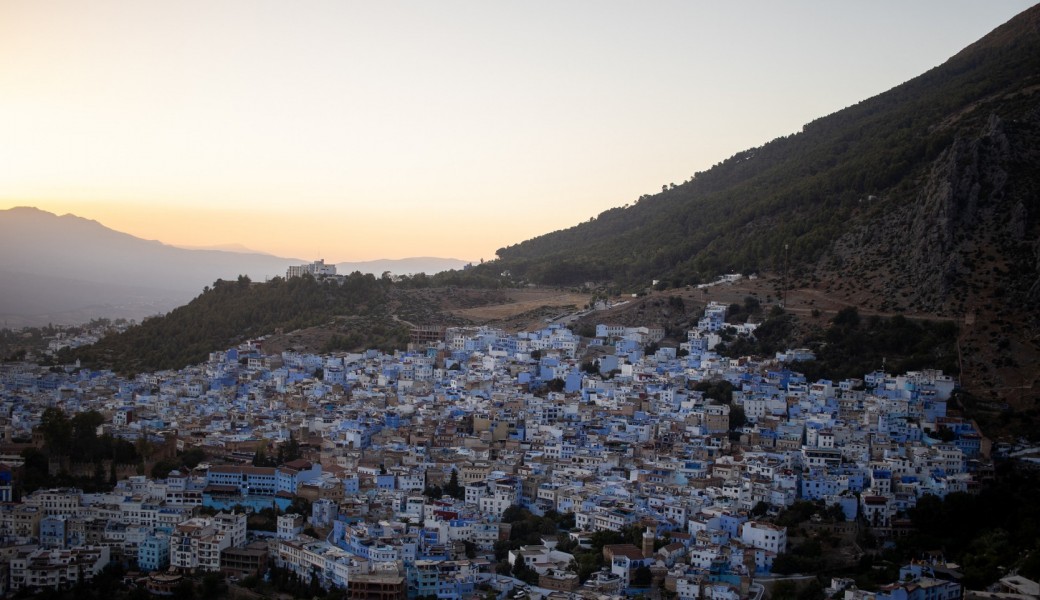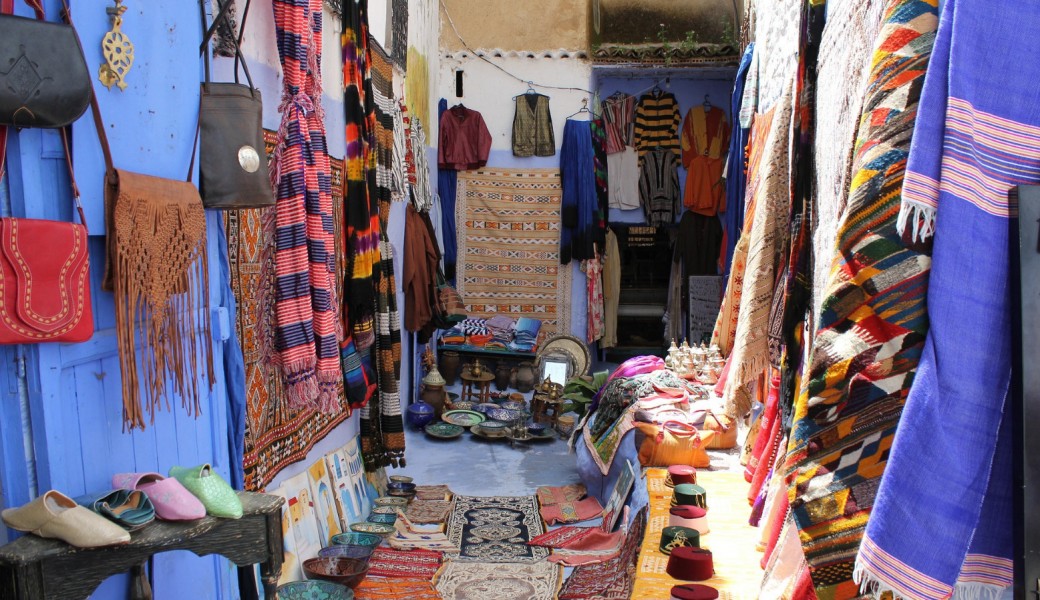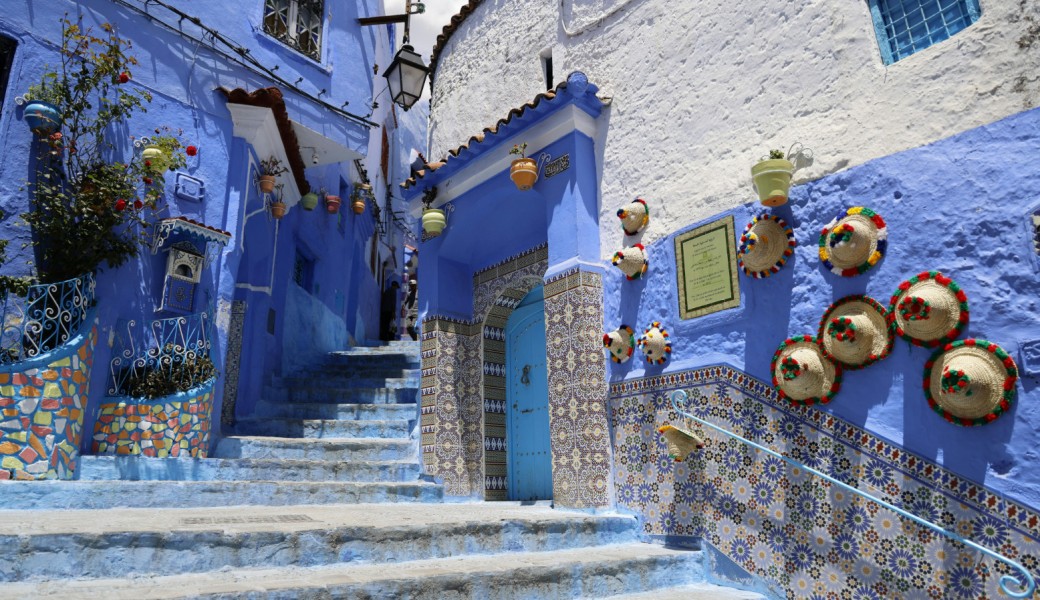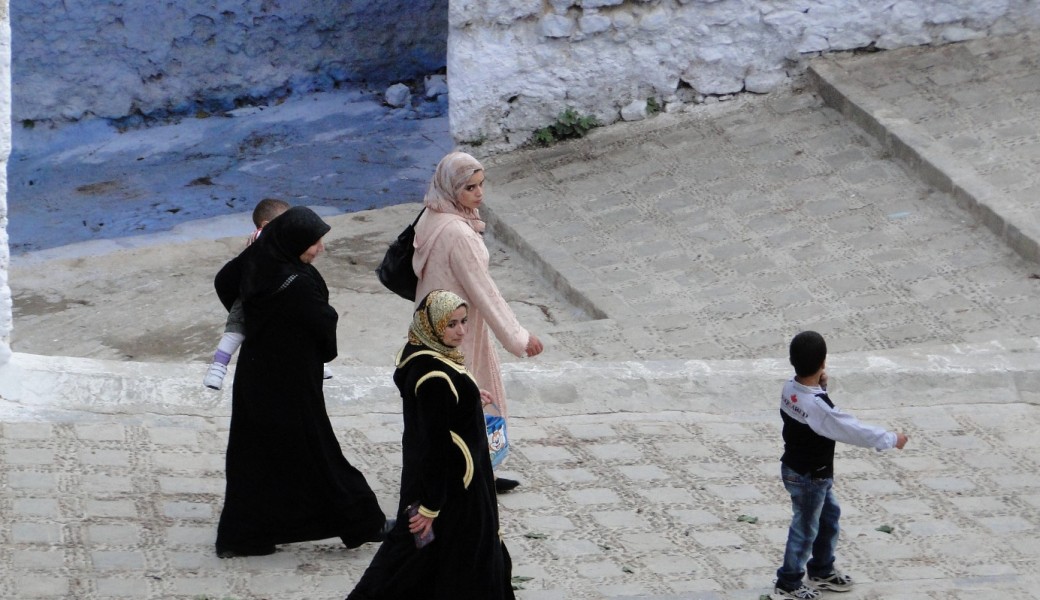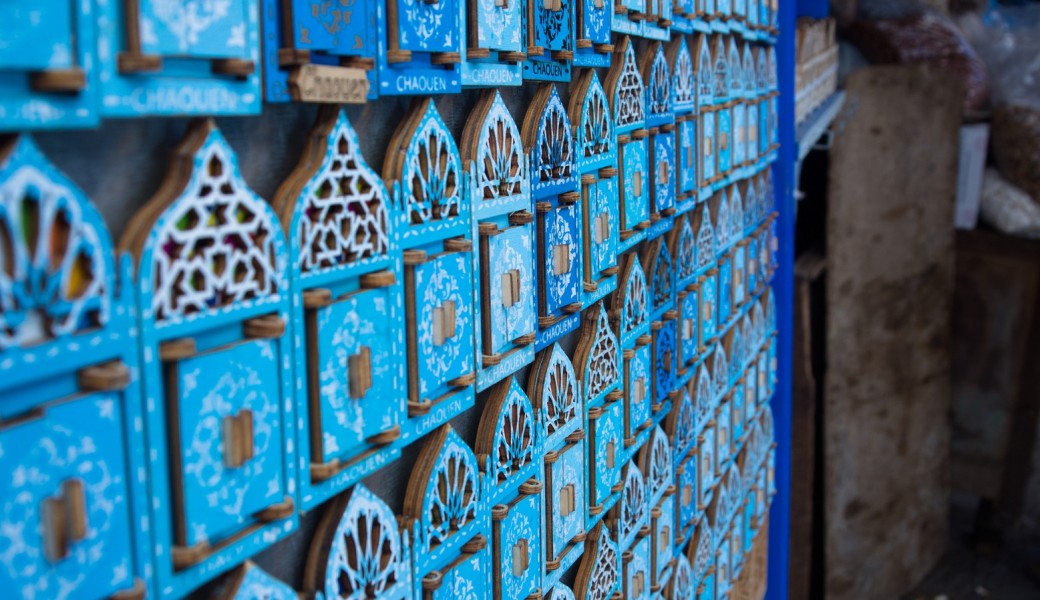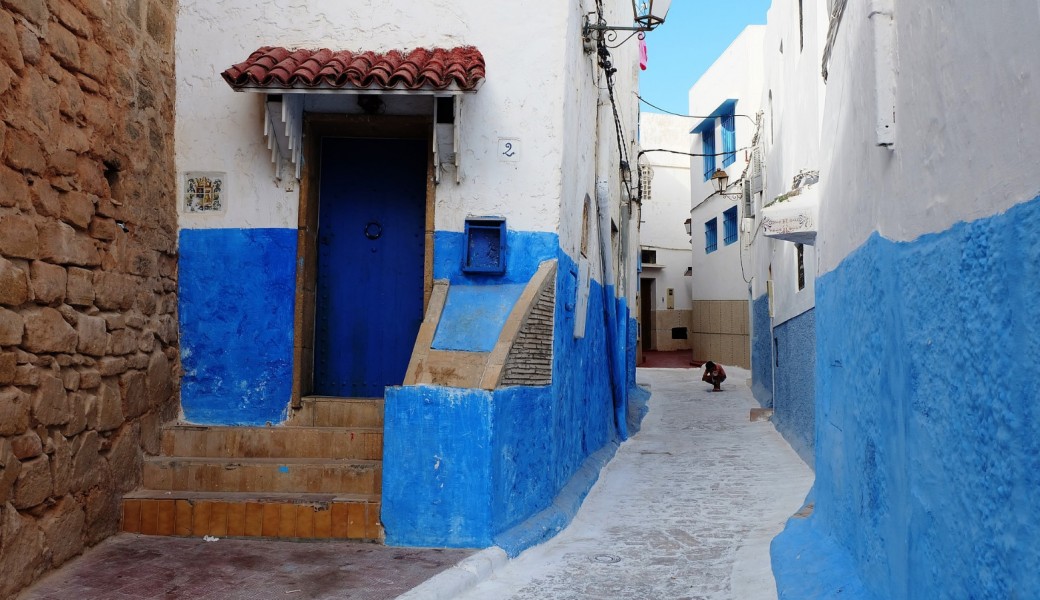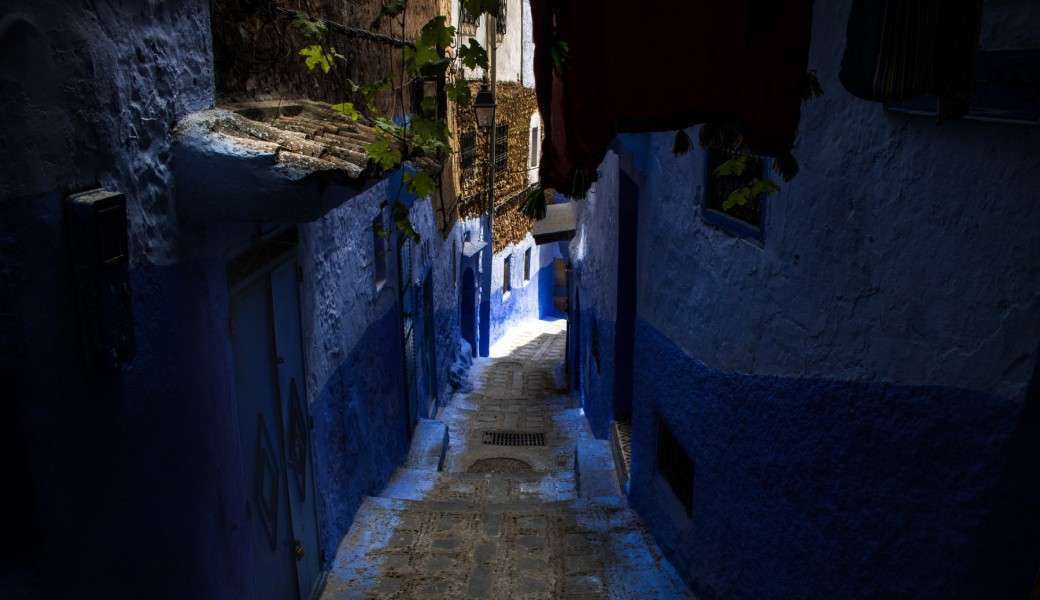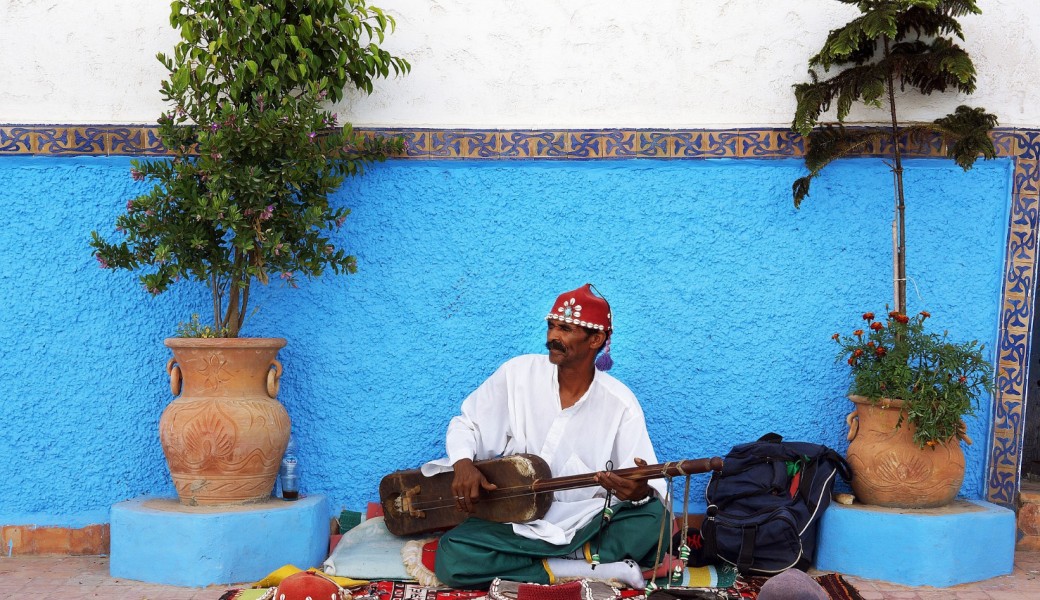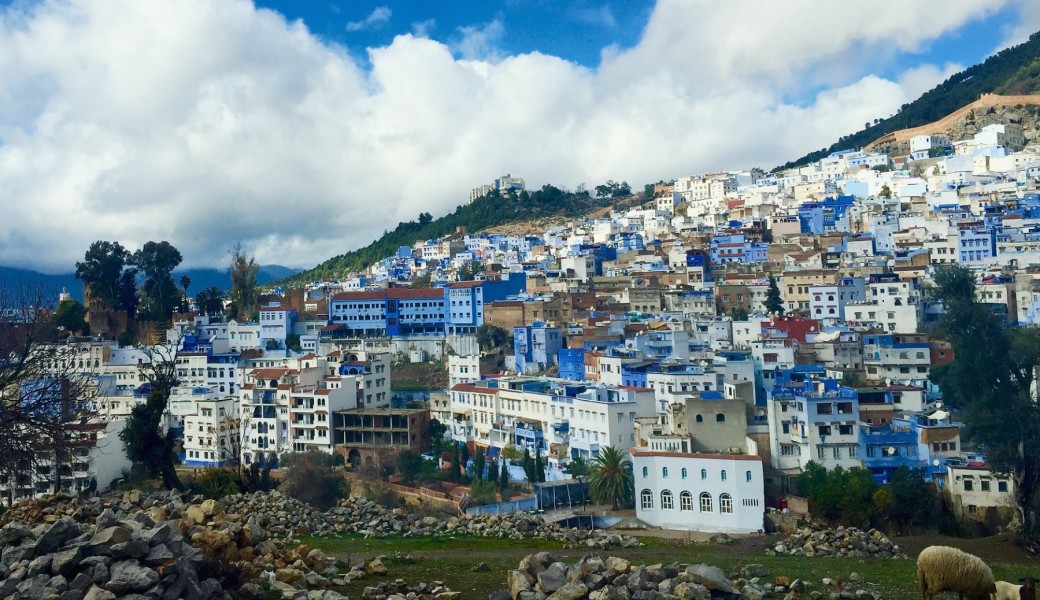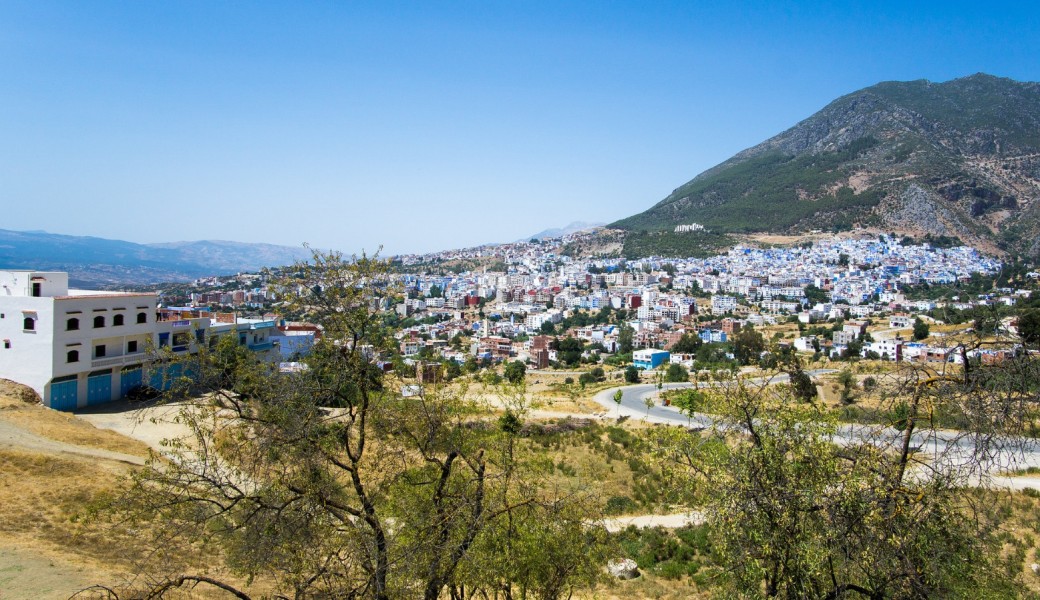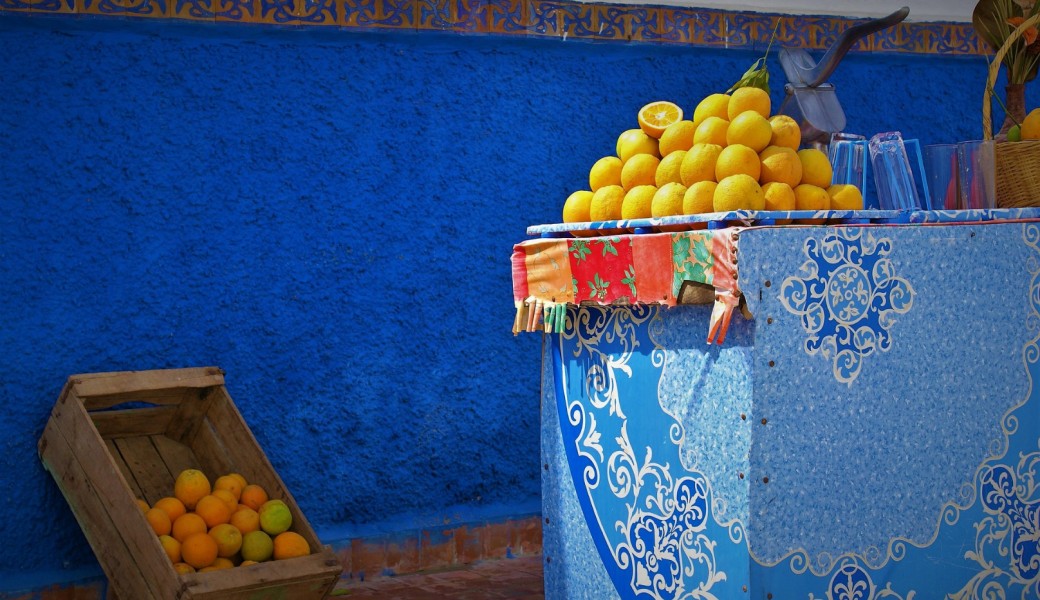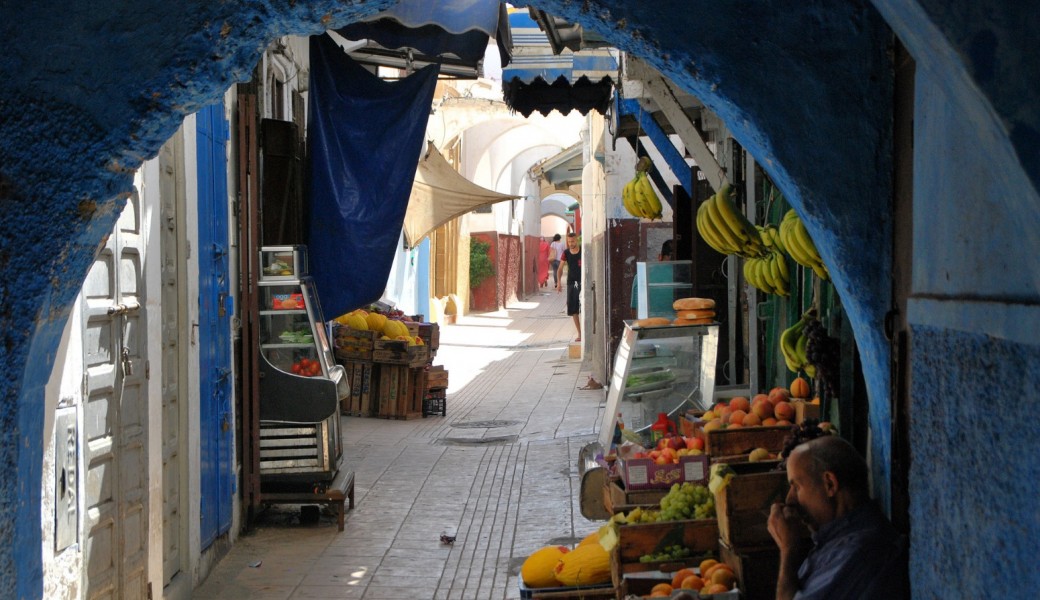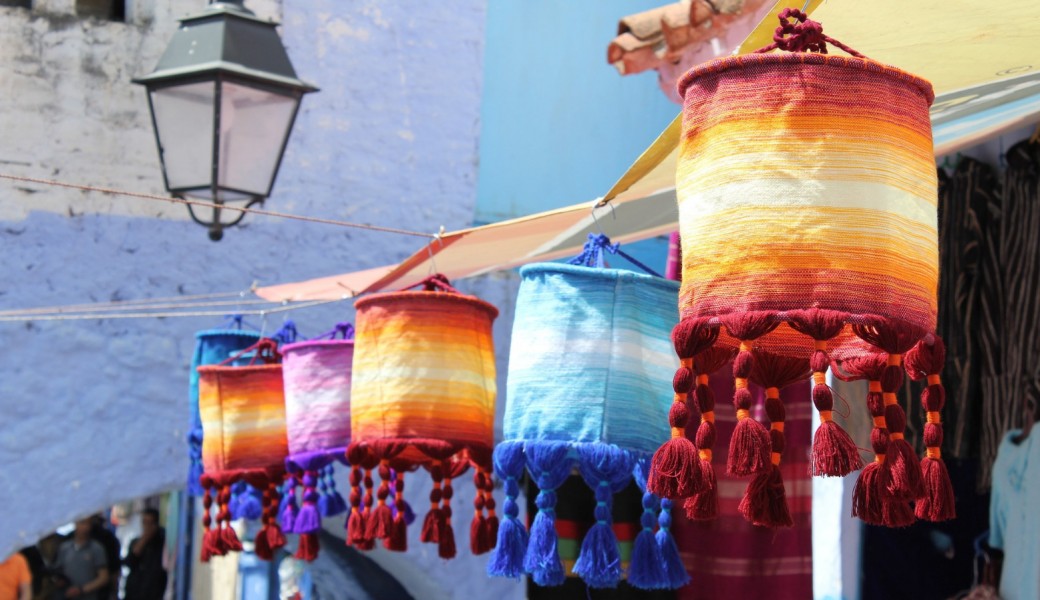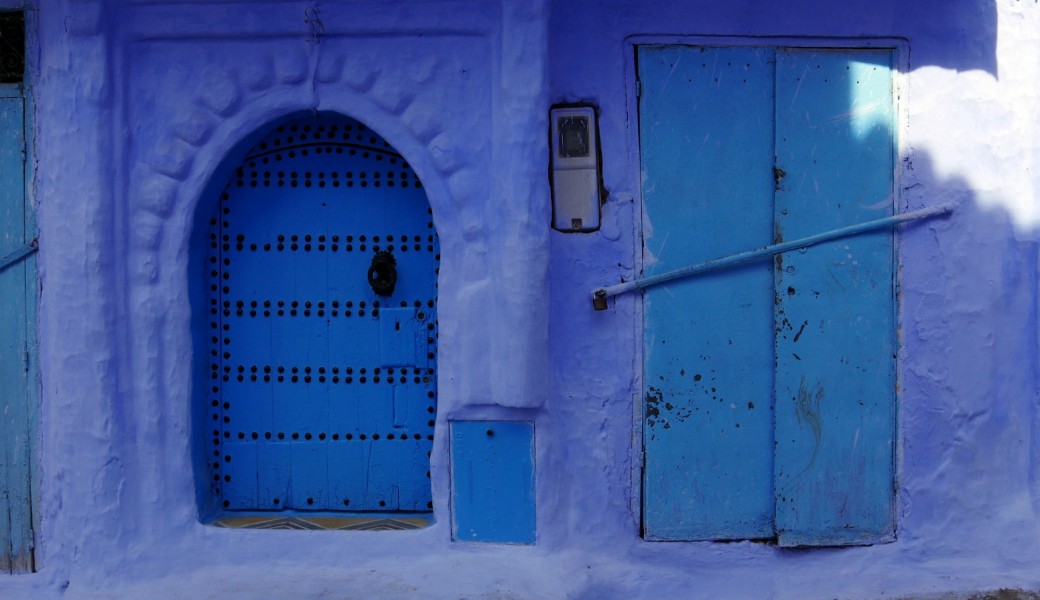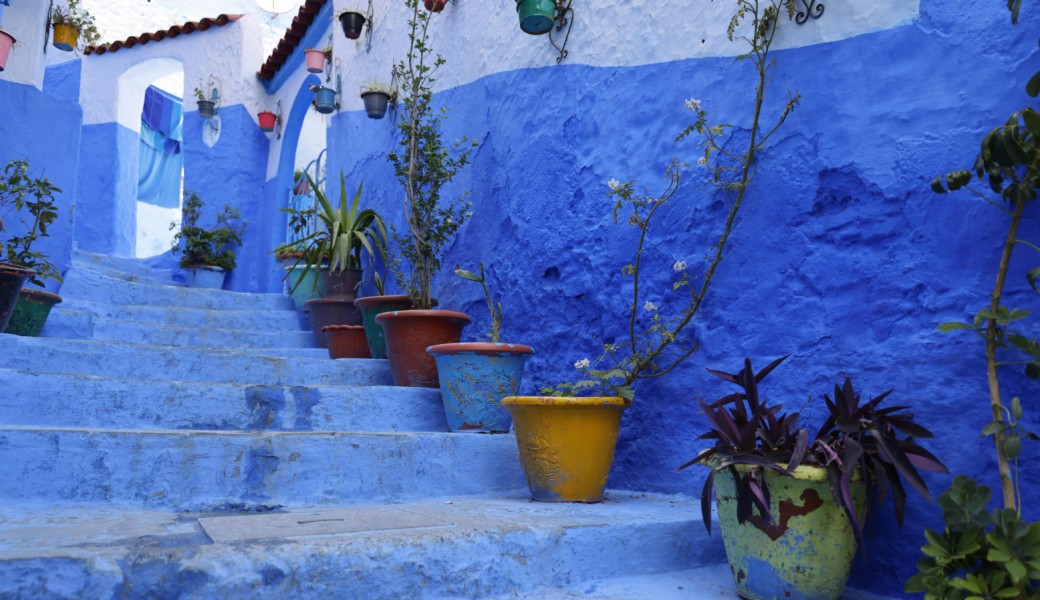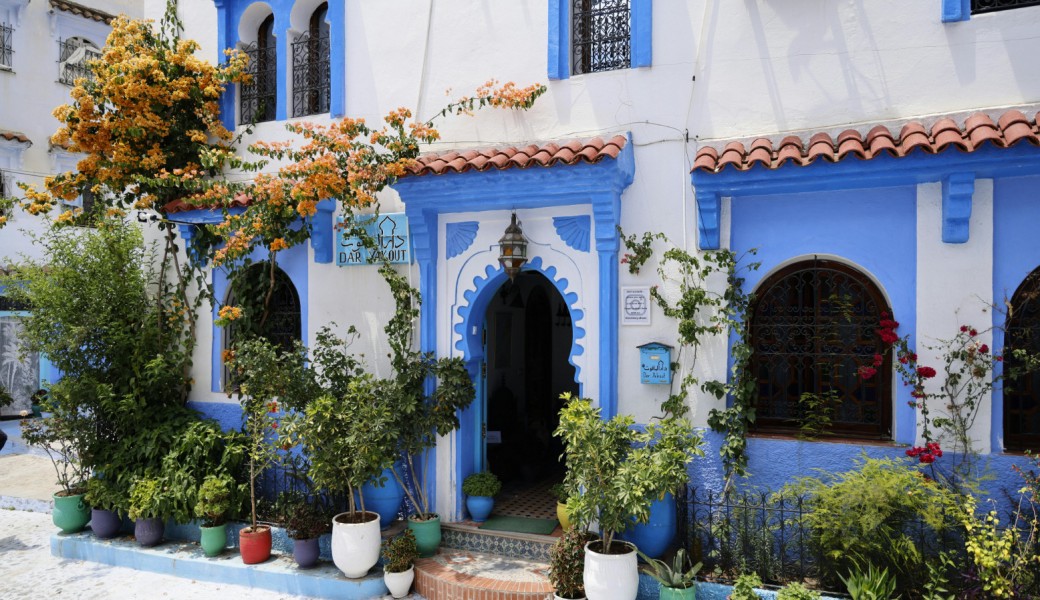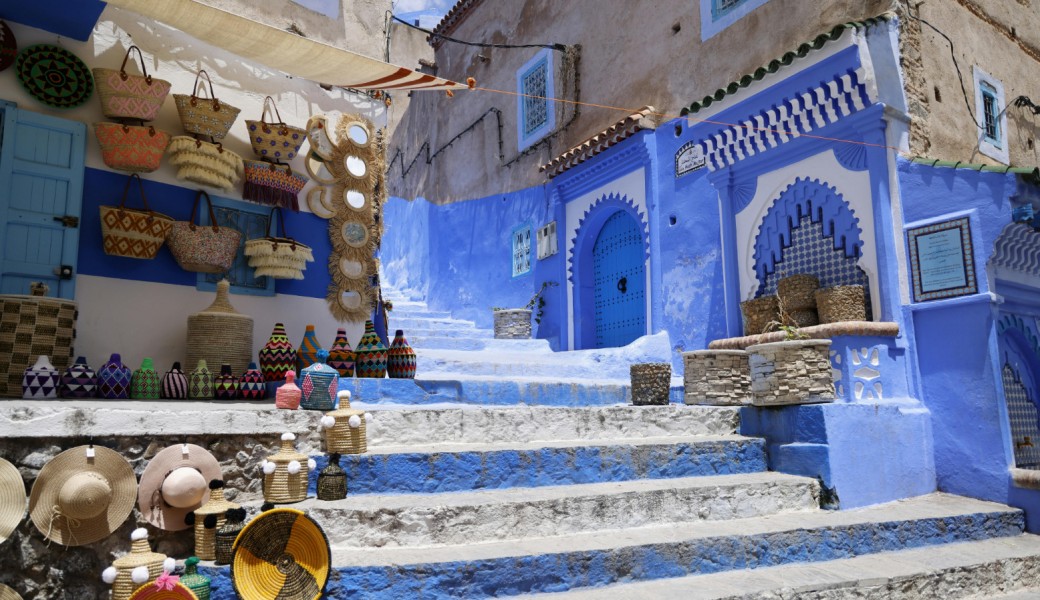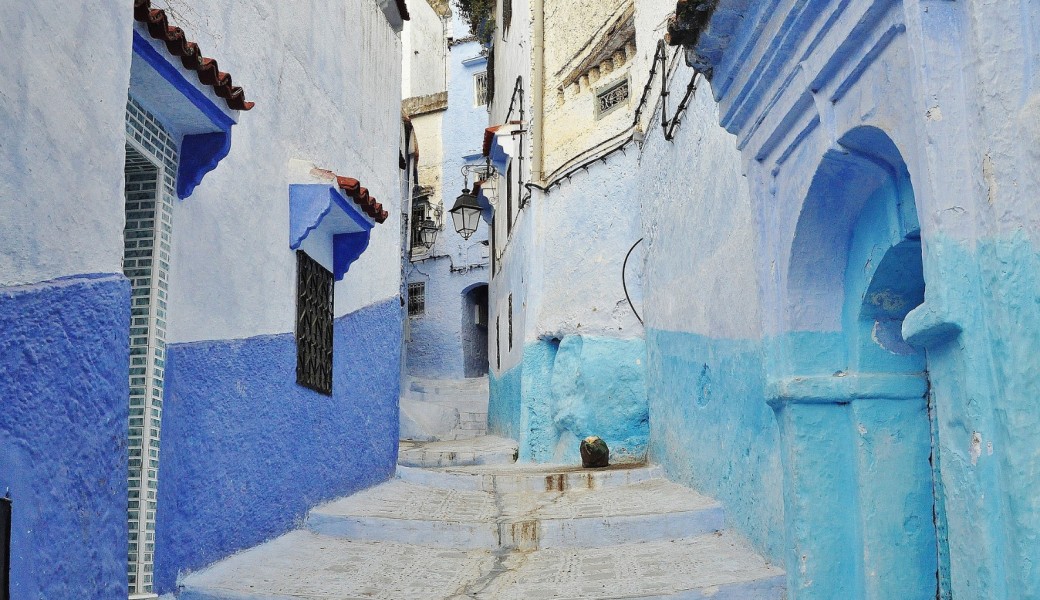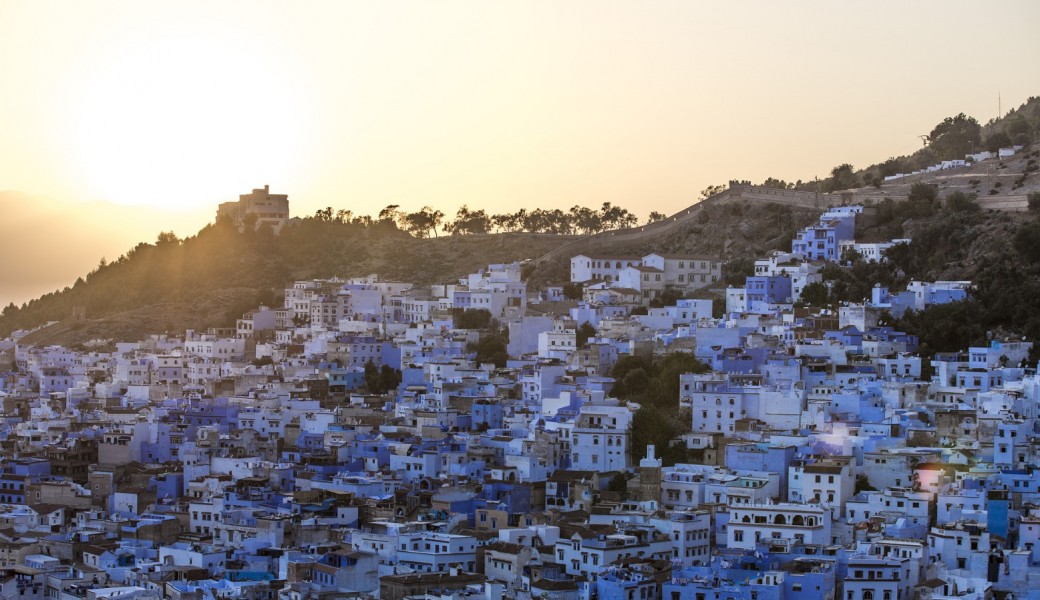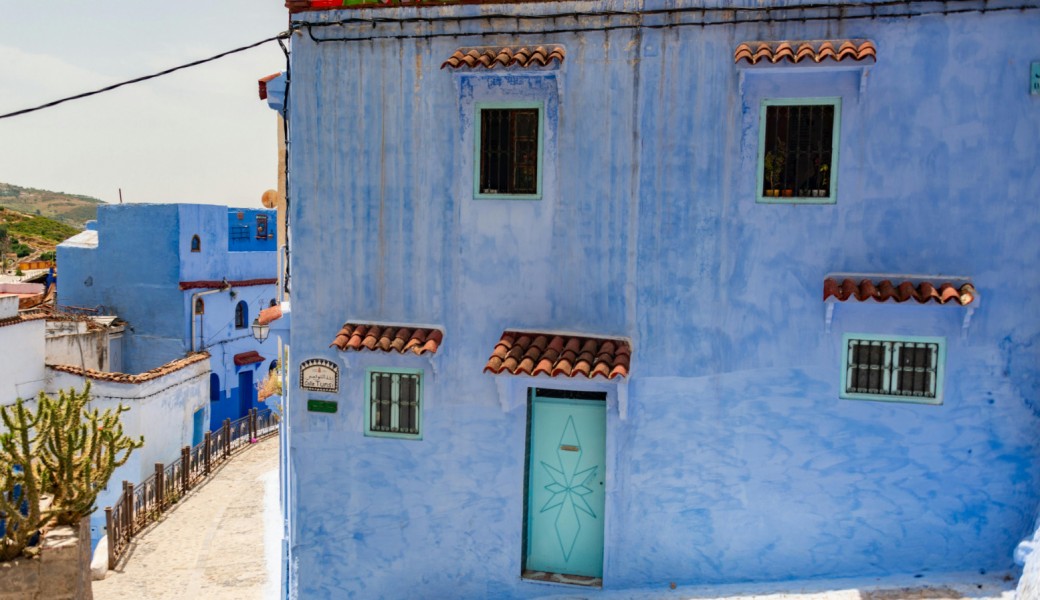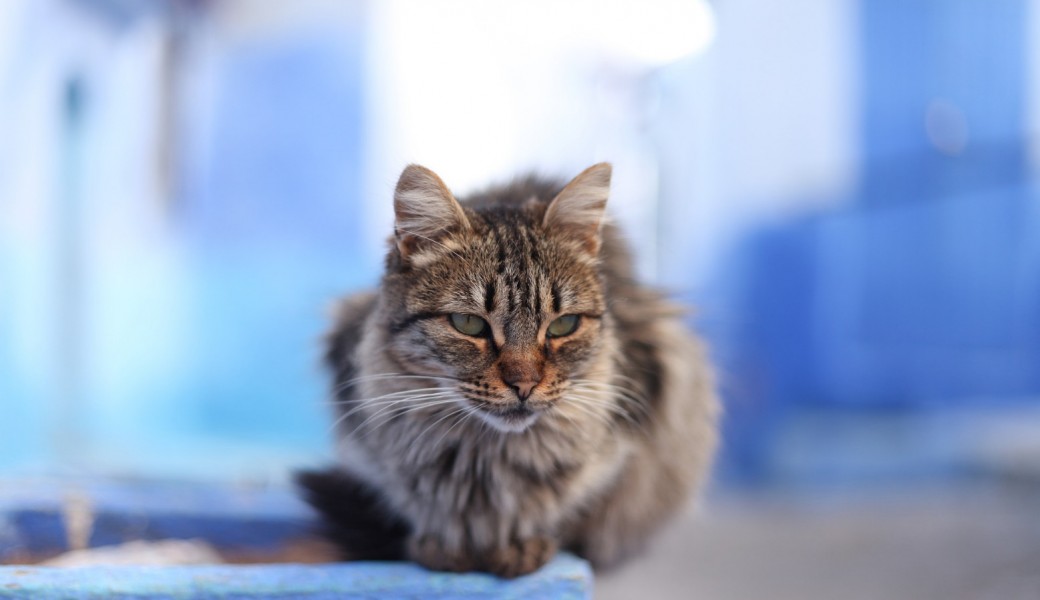Chefchaouen
Chefchaouen is a town in northwestern Morocco, built at an altitude of 600 meters in the Rif Mountains.
It is world-famous for the blue and white facades of its buildings, earning it the nickname “The Blue City.”
Chefchaouen is a city in the northwest of Morocco, built at an altitude of 600 meters in the Rif Mountains.
It is world-famous for the blue and white facades of its buildings, which have earned it the nickname "The Blue City."
Chefchaouen, also known as Chaouen, is a city in the northwest of Morocco. It lies at an altitude of 600 meters at the foot of the Kelaa and Meggou mountains, between Tétouan and Ouazzane, in the Rif mountain range.
The city is world-famous for the blue and white facades of its buildings, which have earned it the nickname "The Blue City."
Chefchaouen was founded in 1471 by Sharif Moulay Ali ibn Rachid al-Alami, a distant descendant of the Prophet Muhammad.
At that time, the city consisted of a small fortress, which now forms the Kasbah of Chefchaouen.
It was built to help defend the region against foreign invasions, particularly from the Portuguese who were launching attacks on northern Morocco.
The city is nestled at the foot of Jebel Mezedjel, whose horn-shaped peaks inspired the name Chaouen (meaning "horns" in Berber).
Chefchaouen has been inscribed on UNESCO’s Representative List of the Intangible Cultural Heritage of Humanity.
This recognition is due to its emblematic food culture based on the Mediterranean diet, characterized by a nutritional model that has remained stable over time.
Its main ingredients include olive oil, cereals, fresh or dried fruits and vegetables, limited quantities of fish, dairy products, meat, and a wide variety of condiments and spices.

Deep local expertise

100% local team

Customizing routes

Rigorous selection

Support for the local economy



